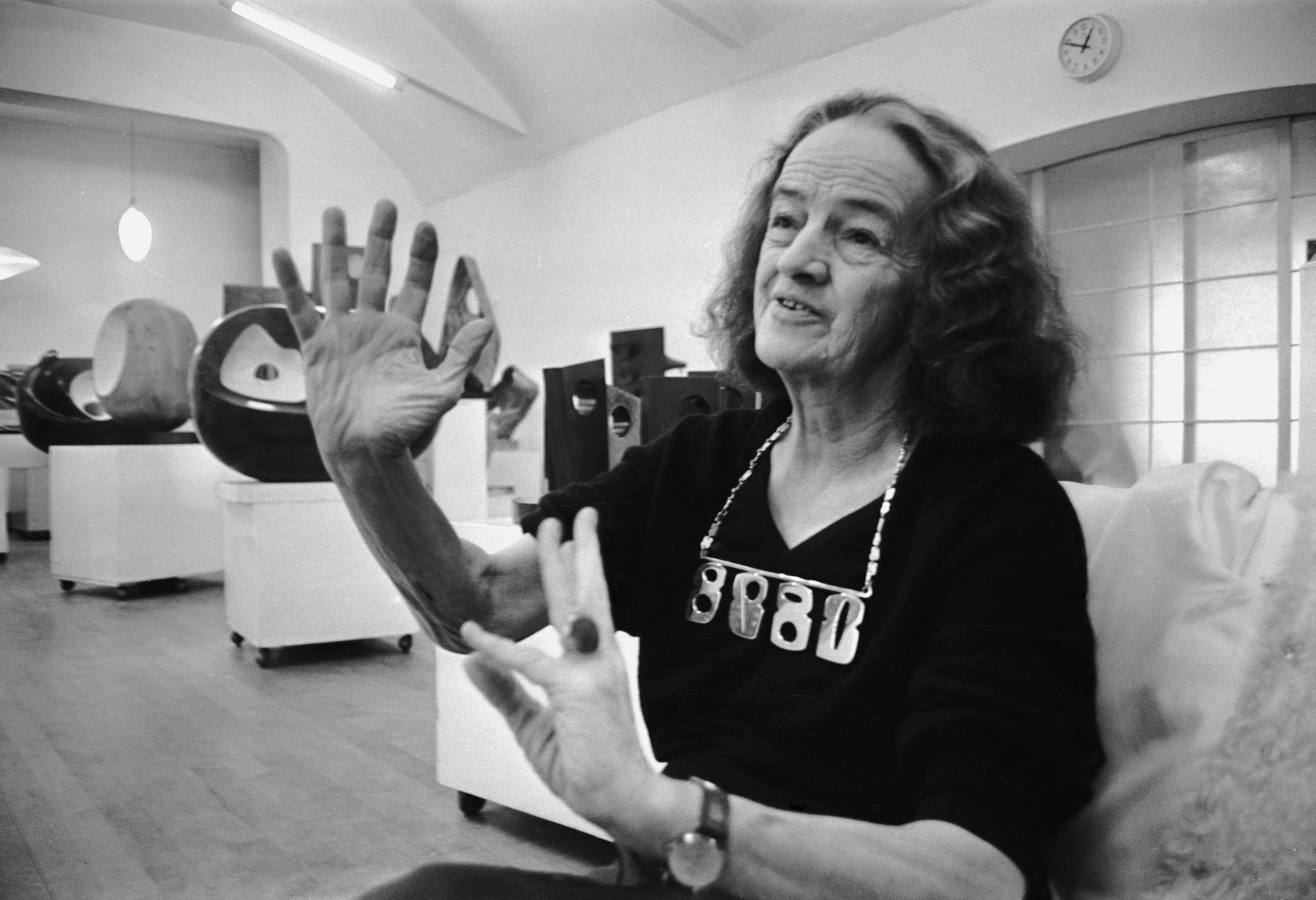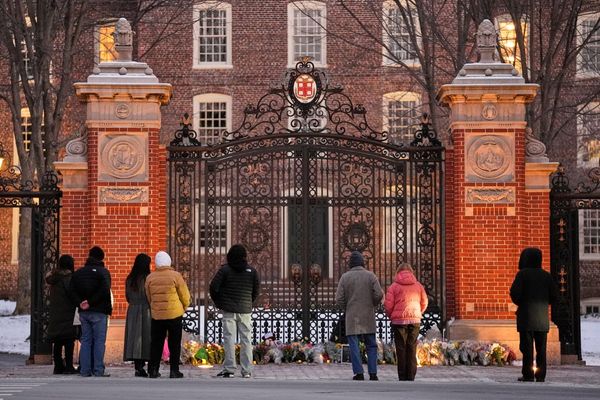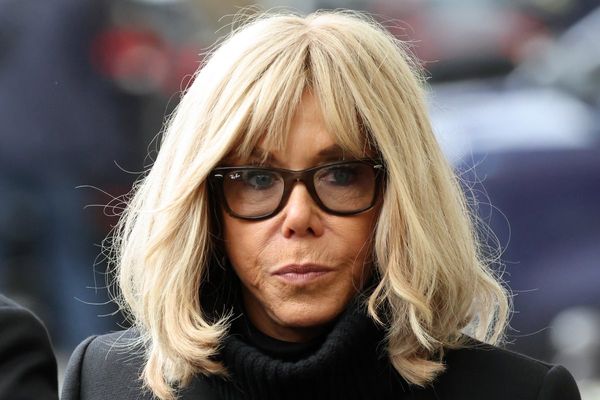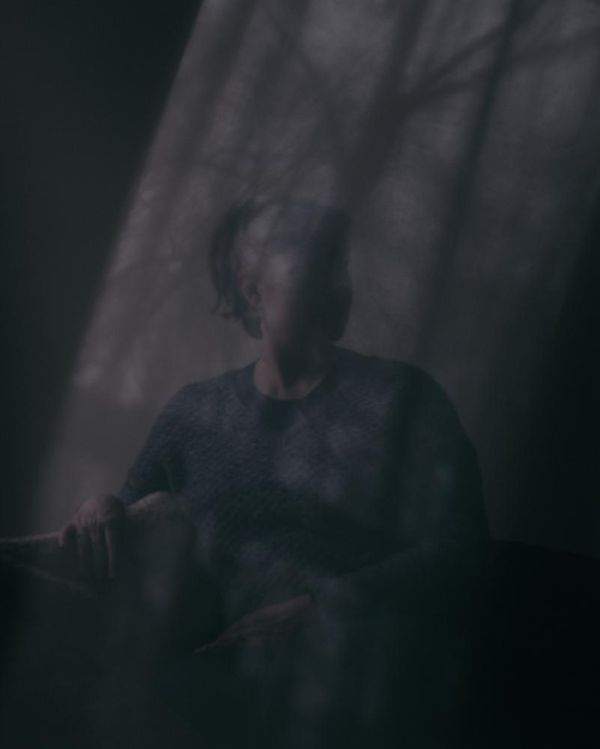
A rare sculpture by Yorkshire-born artist Barbara Hepworth will be placed on permanent display for the first time ever after £3.8m was raised to save it.
The 1943 artwork, titled Sculpture with Colour (Oval Form) Pale Blue and Red, was auctioned by Christies and given a rare and temporary export bar preventing it from leaving the UK last year, allowing galleries to acquire it.
Art museum The Hepworth Wakefield and national charity Art Fund launched an appeal to purchase the piece with the intent to permanently and publicly display it in Wakefield, West Yorkshire where the artist was born.
A major grant of £1.89m from the National Lottery Heritage Fund provided a significant contribution to the fundraiser along with over 2,800 personal donations from the public, and a pledge of £750,000 by the Art Fund.
Having been in private ownership for decades, the carving has rarely been seen in public and will now be placed on permanent public display at The Hepworth Wakefield for the first time since its creation.
Further impactful support from the Deborah Loeb Brice Foundation, The Forster Foundation, The Garcia Family Foundation, Garfield Weston Foundation, The Headley Trust, the Hepworth family, The Henry Moore Foundation, The Julia Rausing Trust and many other individuals, foundations and trusts, contributed to the acquisition.
Artists including Jonathan Anderson, Richard Deacon, Katy Hessel, Sir Anish Kapoor, Veronica Ryan, Joanna Scanlan and Dame Rachel Whiteread had backed the appeal.
Sculpture with Colour is constructed of painted wood and string and was developed through the extraordinary circumstances of World War II after Dame Barbara settled with her family (including four-year-old triplets) in St Ives, Cornwall. It was created as part of a larger series throughout this period.
It is one of only a handful of wooden carvings made by Hepworth during the 1940s and the first to use strings. It is reported to be inspired by the Cornish landscape she found herself in, and is interpreted as a demonstration of her adaptability and resilience.

Olivia Colling, director of the Hepworth Wakefield said Hepworth – who often talked about her need to be part of a community and to develop it proactively – would have been “delighted” that “so many people have come together to enable her work to be part of a public art collection which can be experienced and enjoyed by so many.”
“We are enormously grateful for the generosity people have shown in helping us to bring this extremely rare and important work to Wakefield, the UK’s capital of sculpture.”
Artist and sculptor Richard Deacon CBE said the piece is a “testament to the undaunted spirit of a great artist and to her steadfast belief in an anticipated future”.
“I first saw the sculpture in 1968 when it was included in the Barbara Hepworth retrospective at the Tate,” he explained.
“I was still at school and made a special trip from Plymouth to see the exhibition (and buy the catalogue). Both the show, and this work in particular, made a deep and lasting impression. It has been a joy to see it again in such wonderful condition.”
When Debbie Harry met Alice Cooper’s pet snake, Julius Squeezer
Only known oil portrait Gandhi sat for fetches £152,800 at auction
Damien Hirst accused of stealing idea for breakthrough artwork
Tracey Emin shares powerful topless post after life-changing cancer surgery
Mission: Impossible theme composer Lalo Schifrin dies aged 93
Beamish, the Living Museum of the North wins Art Fund Museum of the Year







